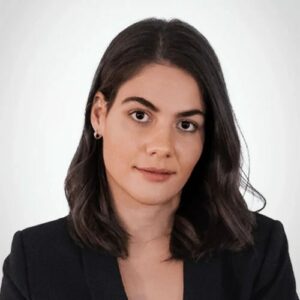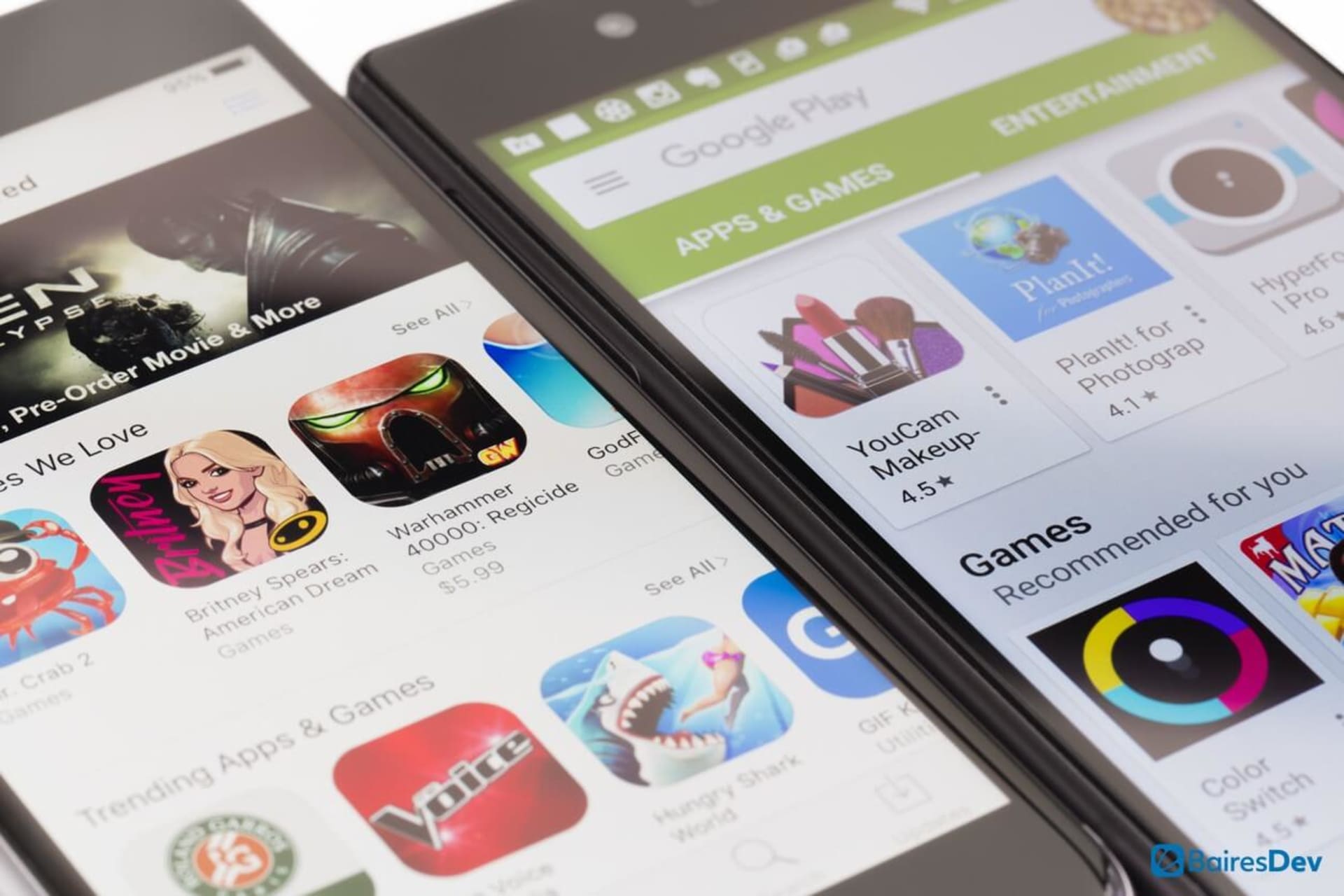Don Norman first coined the term “user experience” in the 1990s. But the concept of optimizing user experiences for a variety of tools and technologies has been around for centuries, dating back to ancient times.
Consider Feng Shui. Ergonomics. Bell Labs using psychology in its designs. These are just some of the many examples of the concept throughout history.
Today, user experience (UX) design is a field within technology, usually referring to optimizing the consumer’s interactions with a particular product, such as an app or website. As businesses have searched for better ways to engage their current and would-be users, the field has become more central to software development, and professionals within it are in high demand.
Some ideas in UX design change with the landscape. But others have remained consistent for years. It’s important to understand the concept because it plays a key role in software development today.
Here are 10 essential best practices to keep in mind for your next product.
#1 Always Keep the User in Mind
This may sound obvious, but you would be surprised at how many businesses forget about the most important part of their product: the user.
The user’s needs supersede the interests of the developers, the product managers, and anyone else involved with the project. The UX designer is tasked with advocating for the user because that’s how you’ll ultimately sell your product.
One of the most important aspects of this is ensuring they can accomplish their mission quickly and easily as soon as they use your app or website. If they can’t efficiently do what they need to do, they’ll almost certainly go elsewhere — probably to one of your competitors.
#2 Rely on User and Market Research
But how do you know what your users actually want? Extensive and thorough market research is the answer. You can’t make a quality product without researching what your customers’ needs are.
Any good UX designer knows that market research — focus groups, surveys, and other feedback — is critical to find out how customers will actually respond to your product and what can be improved. If you have experts on staff, they can perform these tasks. Otherwise, consider working with marketing research consultants.
Market research will also inform your goals for the product. What do you and (more importantly) your users want the product to do? What should it help people accomplish? What are its objectives? These are the questions your market research should help you answer.
#3 Don’t Reinvent the Wheel
While you certainly shouldn’t replicate other businesses’ UX designs or past concepts from your own, you also shouldn’t start from scratch completely. There are plenty of well-honed patterns and practices for devising thoughtful UX concepts — and you don’t need to reinvent the wheel to put them into your projects. These patterns will help you address and resolve potential issues.
For example, users are familiar with what different icons and buttons mean, so don’t, for instance, change the meaning of the house icon to indicate navigation to a page other than the home page.
Look to others in your field and related ones to see what types of designs they’re using. Don’t copy, of course, but do be cognizant of common themes to replicate in your work.
#4 Ensure Brand Consistency
Your identity as a business should be clear across your UX design in any and every product you build. Incorporate the same or similar features, such as a color palette, voice assistance, pictures, icons, and style across your apps, websites, and other products. A user should be able to recognize your brand as soon as they see or try out the product. Ensuring consistency will allow you to develop your reputation.
Employ similar color palettes, for instance, as well as language that is consistent in tone and vocabulary.
#5 Maintain Product Consistency
There should also be consistency within the products themselves. A product should have a logical structure, and actions and experiences should complement one another. If one page or aspect of the product functions in a specific way, it should always function that way.
Keeping your product consistent will allow your user to have a more seamless experience every time they open your app or product.
#6 Optimize Designs for the Operating System
UX design behaves differently across diverse devices and operating systems. That’s why it’s critical for UX designers to optimize their products so they will perform similarly on smartphones, tablets, and laptop computers. Likewise, if their product is intended to be used on Windows, Mac OS, and other operating systems, designers and developers must work together to ensure a smooth user experience on each of them.
Many companies hire dedicated iOS and Android developers, for example, to ensure that they are experts in their specific niche. This will help ensure that the experience is consistent across platforms.
#7 Make Navigation Straightforward
As your user progresses through your product, they must be able to follow it easily without having to think too much. That’s because your product is there to make their lives easier, not harder, no matter what it is or does.
Therefore, it’s critical to make your navigation as simple and straightforward as possible. You may be tempted to make it more complex in order to impress users, but keeping it simple and intuitive will make your product more successful.
#8 Avoid Clutter
Clutter is your enemy when it comes to solid UX design. Adding too many toolbars, buttons, and other features to a page will distract, confuse, and overwhelm the user. A clean layout is far better: it will allow your user to know where everything is, what they’re supposed to do, and how they can accomplish their goals with your product.
Even if you want your product to have all the bells and whistles, try to spread them out over different pages. Additionally, try not to have too many items to navigate. You want to keep the experience straightforward.
#9 If Possible, Allow for Personalization
Users love being able to customize products according to their tastes and preferences. They also appreciate it when the product does the personalizing for them as Netflix and Amazon do with their recommendation features.
If your particular product allows for it, include elements that enable customization and personalization based on the users’ unique likes and dislikes. This will create a better overall experience for them.
#10 Be aware — and Wary — of Trends
As with any field, particularly those involving technology, professionals must remain up to date on trends in UX design. At the same time, it’s important not to fall into the trap of tapping into too many trends and losing sight of the importance of keeping your product evergreen. You want it to be something that will persist and remain useful for years, not just a fleeting idea.
Summing It All Up
While some trends are almost certainly here to stay — AI and voice assistance, for example, aren’t going anywhere — others fall in and out of popularity. It’s important to be cognizant of which ones will complement your product and improve it without dating it.
Above all else, the goal of your product is to meet the needs of your user and deliver a good ROI. These practices will keep your product thriving, no matter what the particular industry or audience.







